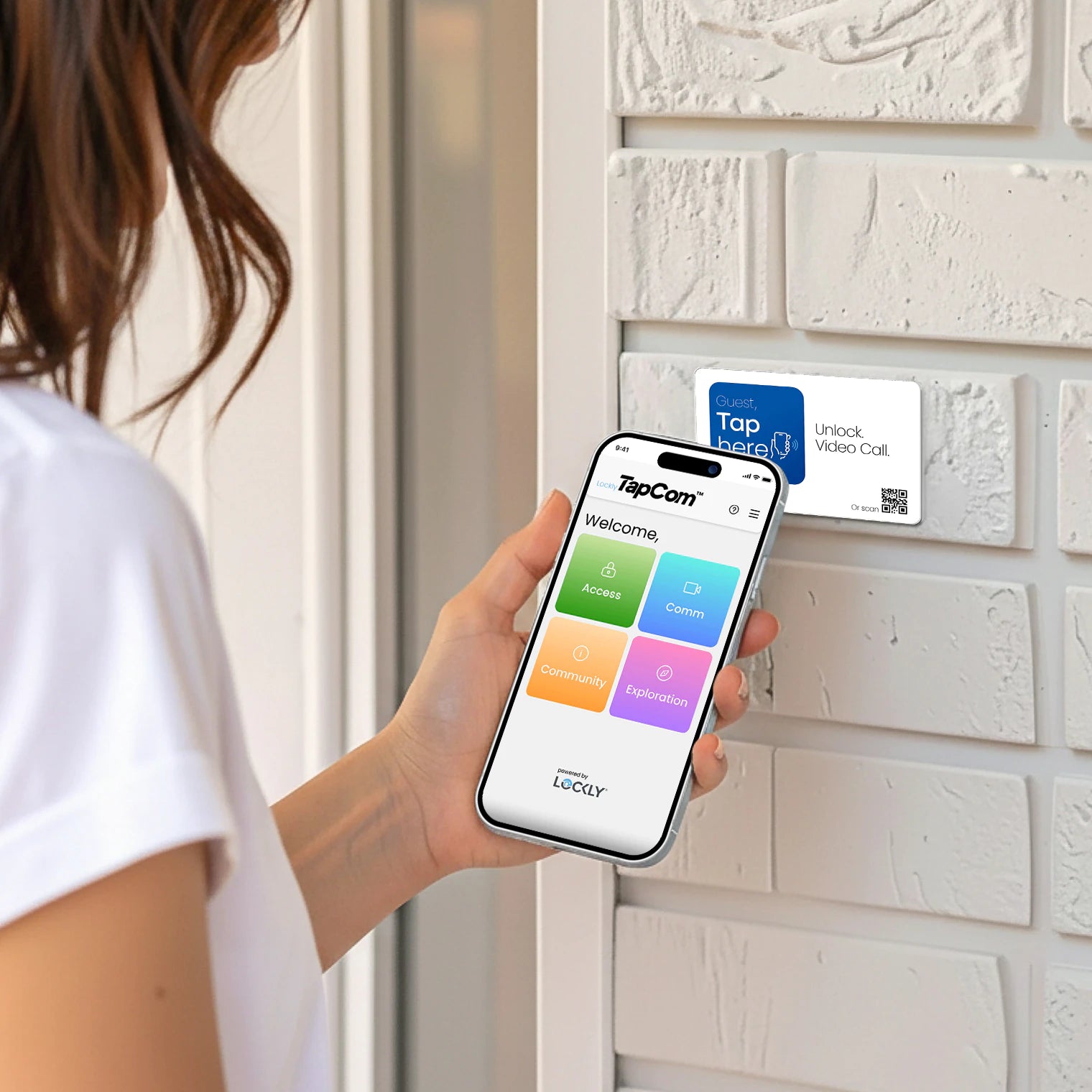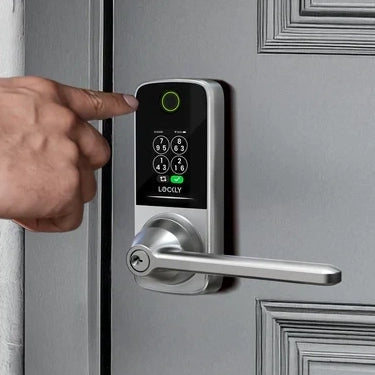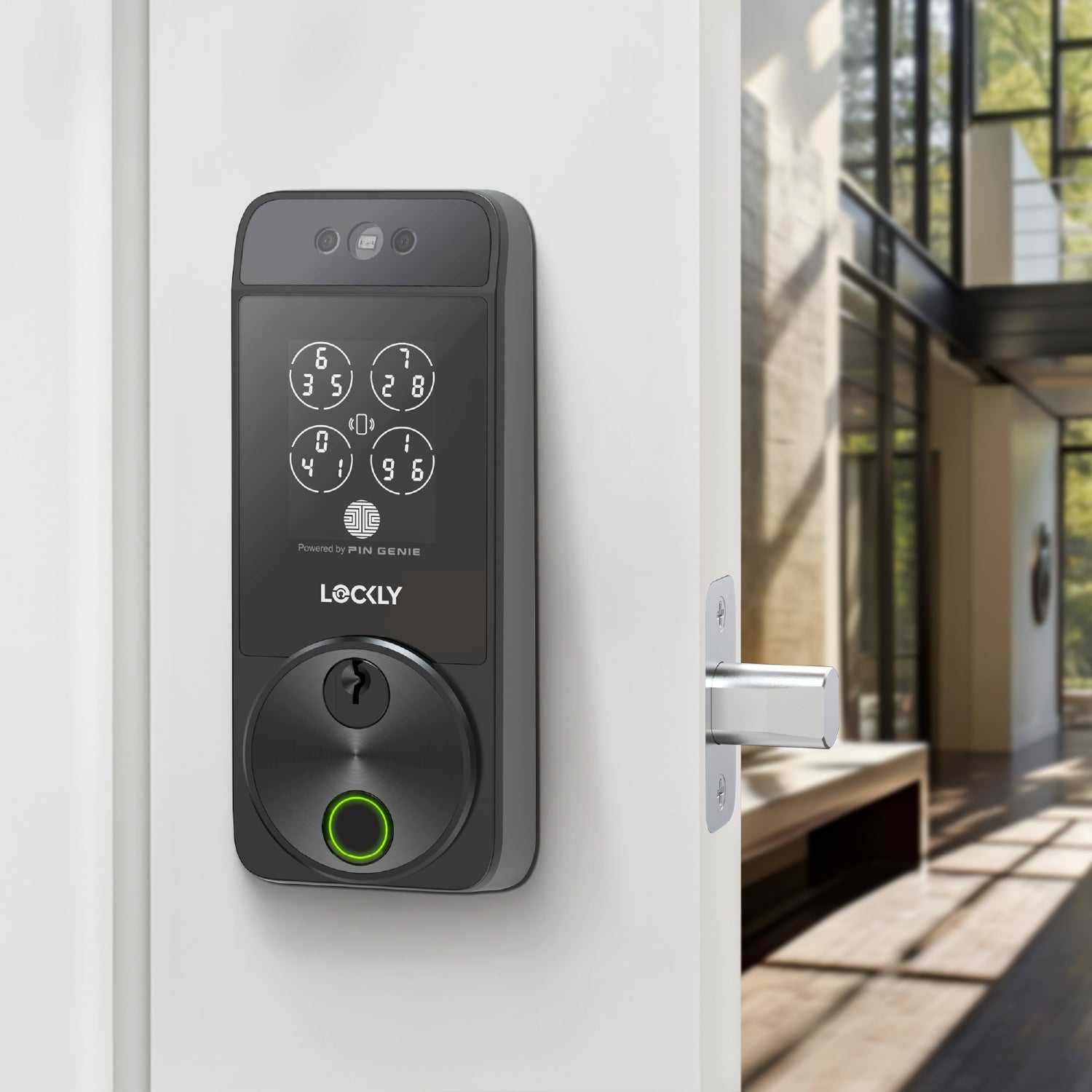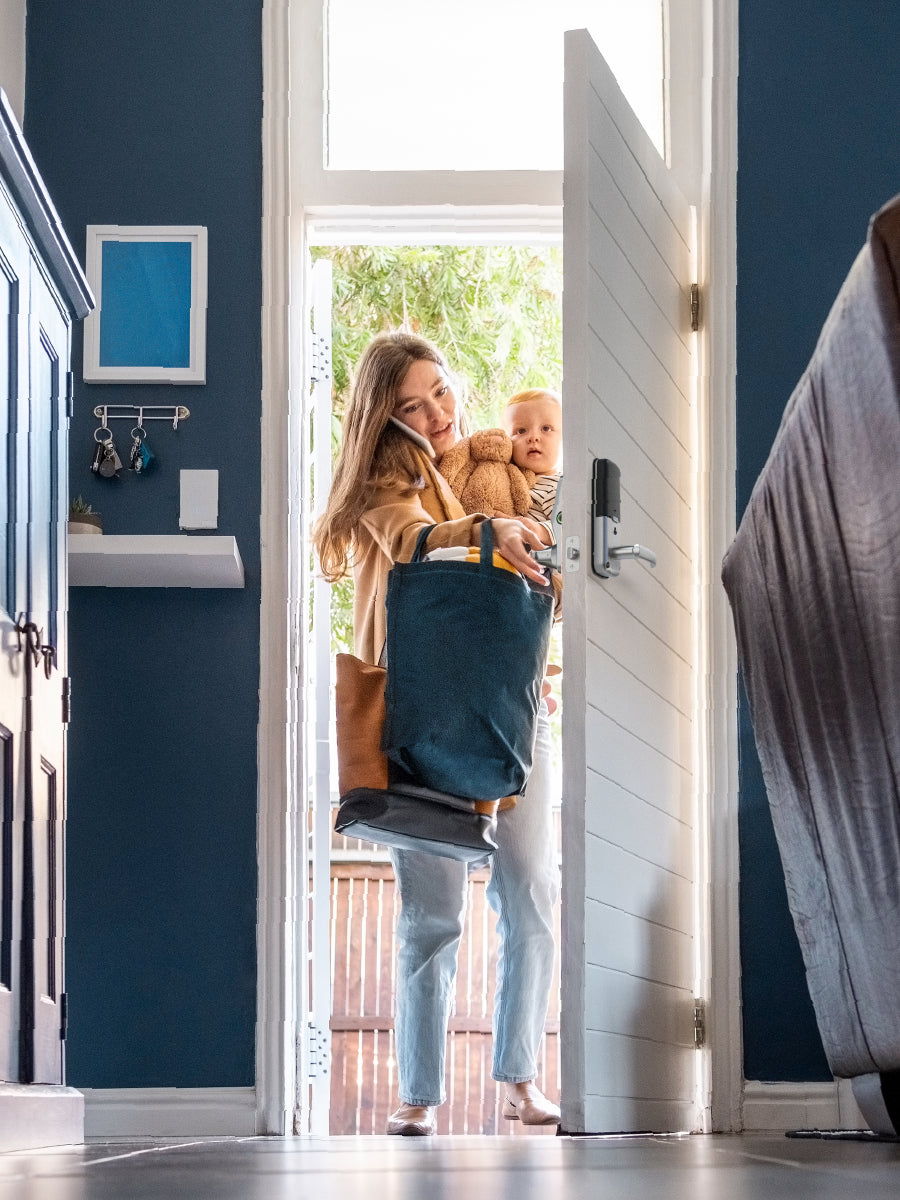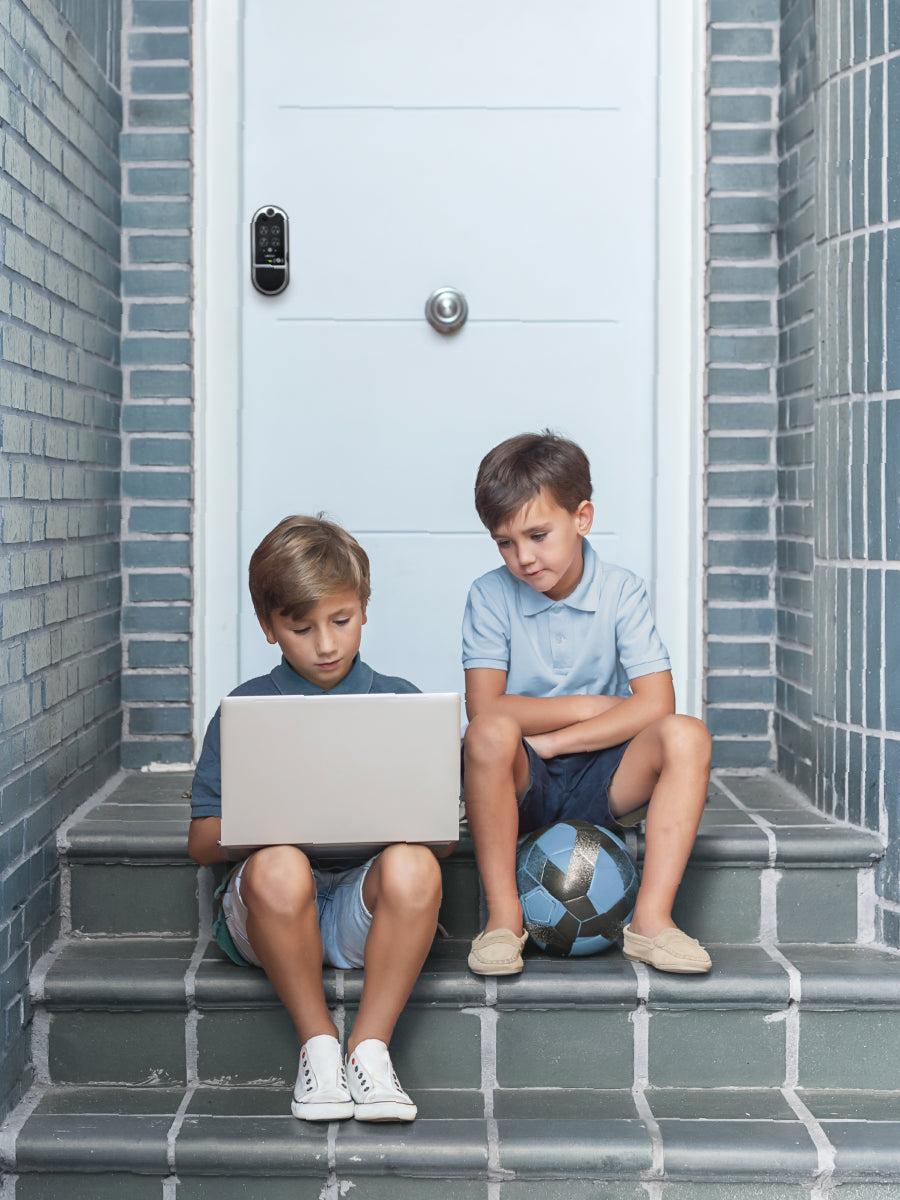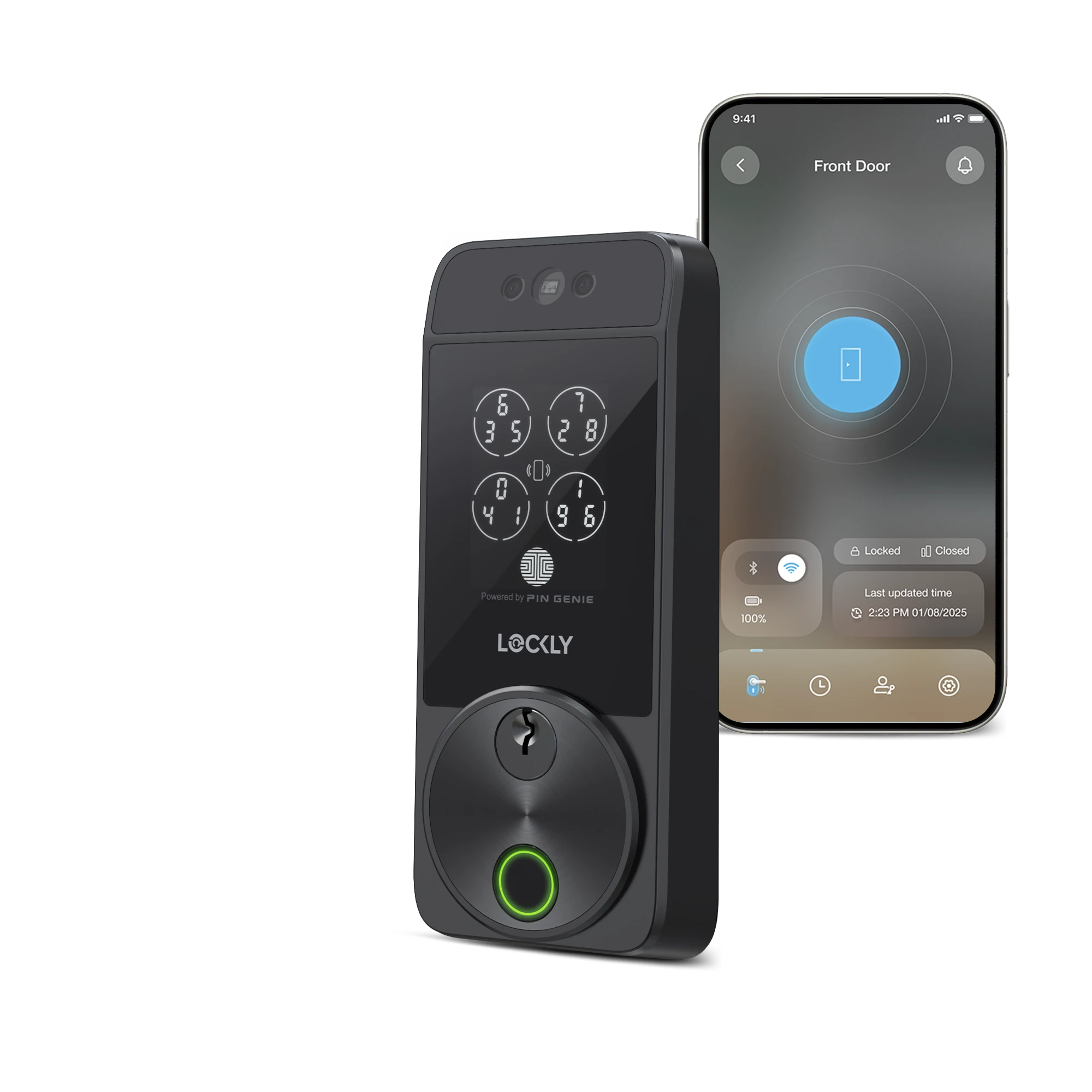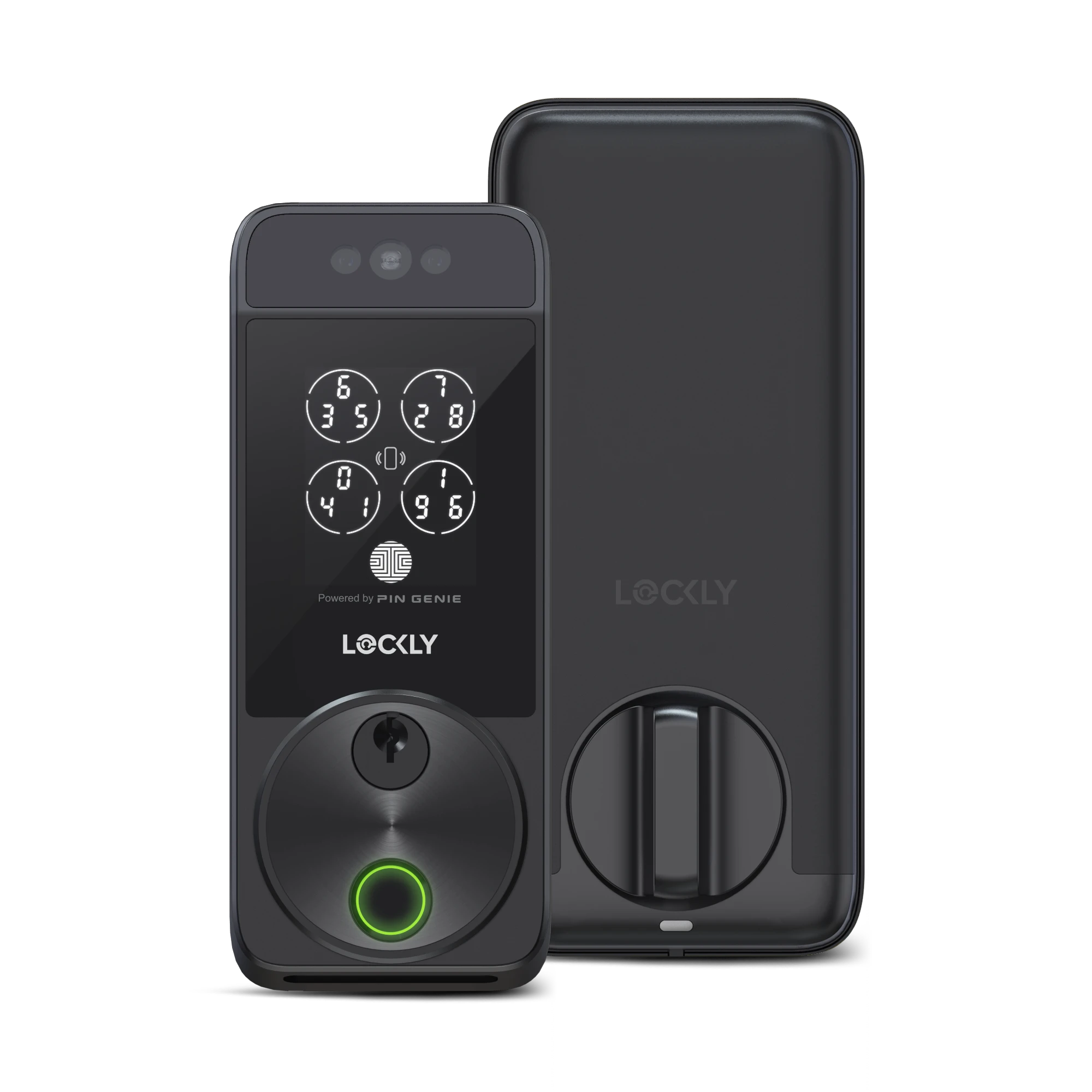With facial recognition becoming increasingly common in our daily lives, from unlocking phones to securing homes, many people wonder: Just how safe is this technology?
The growing prevalence of facial recognition in everyday devices has sparked important conversations about security, privacy, and the trustworthiness of this emerging technology.
Let's dive deep into the reality of facial recognition security and separate fact from fear.
How Facial Recognition Actually Works
Before discussing safety, it's important to understand how modern facial recognition works. The technology creates a mathematical map of your facial features, converting them into a unique numerical code. This process is similar to creating a fingerprint for your face, but instead of storing an actual picture, the system generates a complex set of measurements that are unique to you.
These measurements include the distance between your eyes, the shape of your cheekbones, the contours of your face, and hundreds of other precise data points that make your face uniquely yours.
The Core Security Features
Modern facial recognition systems incorporate multiple layers of security to protect your biometric data. At the heart of this protection is local storage—unlike what many fear, facial data in modern systems is typically stored directly on your device, not in the cloud. This approach significantly reduces the risk of data breaches or unauthorized access, as your facial template never leaves your device's secure environment.
The security architecture goes beyond just local storage. Modern systems employ military-grade encryption to protect your biometric data. When your face is scanned, it's converted into a complex mathematical code that's then encrypted using advanced algorithms.
This encrypted code is what's stored on your device, and importantly, it can't be reverse-engineered back into an image of your face. Even in the unlikely event that someone gained access to this data, it would be essentially useless to them.
Understanding Real-World Security Measures
The security of facial recognition extends far beyond basic data protection. Modern systems employ sophisticated anti-spoofing measures that can detect attempts to fool the system using photos, videos, or masks. These systems use a combination of 3D mapping technology, infrared sensors, and artificial intelligence to verify that they're scanning a real, living person rather than a reproduction.
For example, when you approach a facial recognition device, it doesn't just take a simple picture. Instead, it projects invisible infrared dots onto your face, creating a detailed 3D map of your facial features.
This map is then analyzed for depth, texture, and natural variations that would be present in a real face but missing from a photograph or mask. The system also checks for subtle signs of life, such as minor movements and changes in expression.
Privacy Protections and User Control
Privacy concerns often center around fears of surveillance or unauthorized tracking, but modern facial recognition systems are designed with strong privacy protections. When you enroll your face in a system, you maintain control over your data. The system only activates when you choose to use it, and your facial data remains encrypted and secured within your device.
Most importantly, these systems operate on the principle of explicit consent. Unlike the facial recognition systems used in some public spaces, home and personal device systems only store and recognize faces that users have specifically chosen to enroll in. This means the system isn't constantly scanning or attempting to identify everyone who passes by—it only activates for enrolled users who have chosen to use the feature.
The Science Behind the Security
Research into facial recognition security has shown impressive results in real-world conditions. Modern systems consistently achieve accuracy rates above 99.8% in proper lighting conditions, with false positive rates below 0.001%. This level of accuracy comes from advanced machine learning algorithms that continue to improve over time.
These systems have also made significant progress in addressing previous limitations. Modern facial recognition works reliably in various lighting conditions, including complete darkness, thanks to infrared technology. The systems can also accurately identify users wearing glasses, hats, or other accessories, and can adapt to natural changes in appearance over time.
Looking to the Future of Facial Security
As facial recognition technology continues to evolve, we're seeing constant improvements in both security and convenience. Advanced artificial intelligence is making systems better at detecting sophisticated spoofing attempts, while improved sensors and algorithms are pushing accuracy rates even higher. These advancements are accompanied by stronger encryption methods and enhanced privacy controls, giving users more power over their biometric data.
Understanding the Balance
While no security system is perfect, modern facial recognition technology has proven to be one of the most secure and convenient authentication methods available. The combination of local storage, strong encryption, anti-spoofing measures, and user privacy controls creates a robust security framework that protects both your physical security and your personal data.
The key to safe facial recognition lies in understanding both its capabilities and limitations. When implemented properly in home security systems and personal devices, facial recognition provides a powerful layer of security while maintaining user privacy and control. As technology continues to advance, we can expect even stronger protections and more sophisticated security measures to emerge.
As we continue pushing the boundaries of home security innovation, we remain committed to protecting not just your home, but your privacy as well. Shop the Lockly Visage now

